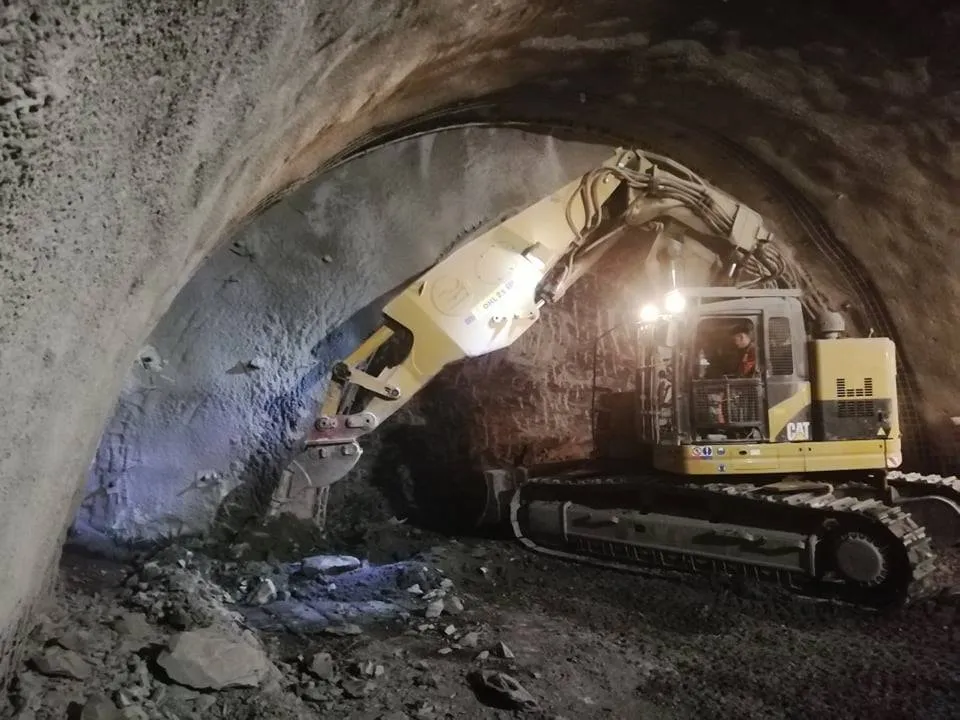Three flood mitigation projects in Malaysia worth a combined US$171.82million will be carried out in Perlis state. One is part of the under design 16km Western bypass, another is connected to the Timah Tasoh dam upgrading works, with a third part of the widening and deepening of Sungai Arau. All three projects are due to be finished by the end of 2014.
April 20, 2012
Read time: 1 min
Three flood mitigation projects in Malaysia worth a combined US$171.82million will be carried out in Perlis state. One is part of the under design 16km Western bypass, another is connected to the Timah Tasoh dam upgrading works, with a third part of the widening and deepening of Sungai Arau. All three projects are due to be finished by the end of 2014.







